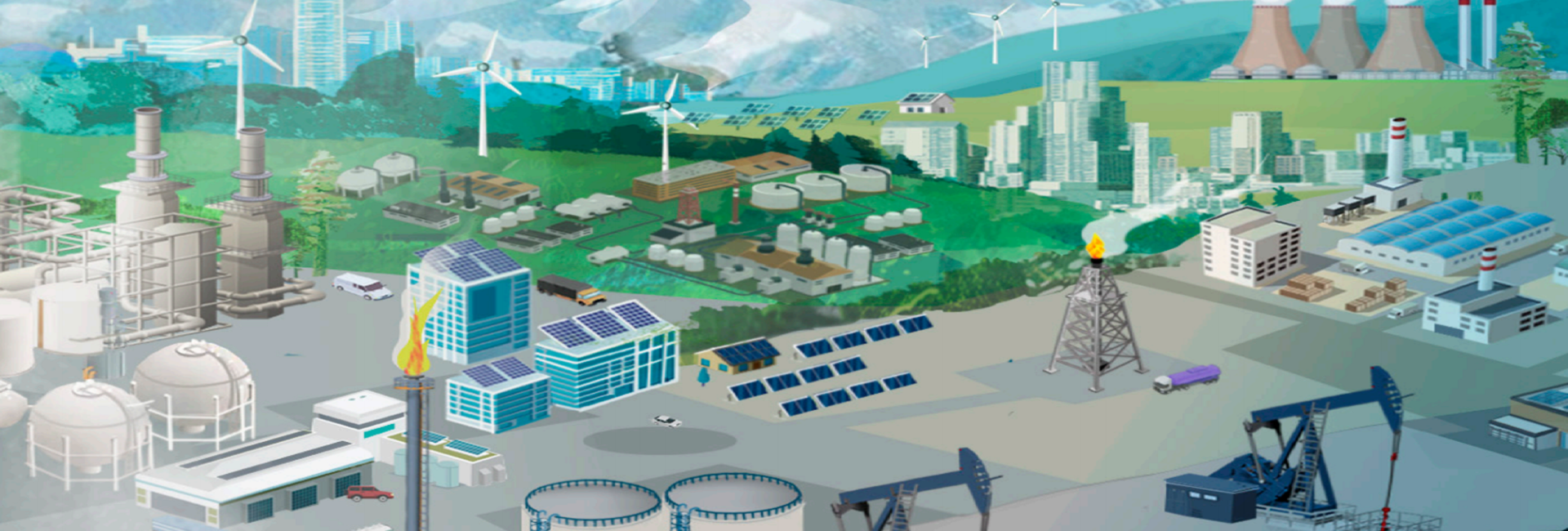
Meeting The Demands Of The Energy Transition - How Oil And Gas Operators Need To Adapt
No oil and gas company will be unaffected by clean energy transitions, so every part of the industry - including the national oil companies - needs to consider how to respond.
- Dr. Fatih Birol, Executive Director, International Agency (IEA)
About a year at the 2020 Davos World Economic Forum, The Executive Director of the International Agency, Dr. Fatih Birol, made one interesting observation. Climate Change took center stage in discussions that businesses, governments, and investors were talking about. It was the song on everyone's lips. He had never seen it receive such focus in all his 14 years of attending Davos.
The Global energy transition has been happening over the last few decades but what's interesting and important now is the pace and the direction. About 80% of CO2 emissions come from the energy sector, and without fixing the problem in the energy sector, there is no chance to address our climate change issues.
Without significant contributions from the Oil and Gas Industry, it would be very difficult, if at all possible, to address clean energy transitions.
To make the Energy Industry more sustainable as we transition, here are 3 Simple but strong recommendations:
- First, improving energy efficiency,
- Second, making more use of renewables,
- Third, making use of other technologies such as carbon capture and storage
To help us understand the gravity of the problem, here are some stats to think about and a "What can we do about it"
Today, 15% of global energy-related GHG emissions come from the process of getting oil and gas out of the ground and to consumers;
What can we do about it? → minimizing these emissions should be first-order priority for all companies

The last century has seen many transitions to and from different fuels and technologies.
From the graph above, we can clearly see the growth of Oil and natural gas over the last century. Now, the IEA carried out a detailed analysis on Oil and Gas companies and what percentage of their CAPEX was invested in "non-core" activities (solar, renewables, wind, and so on), and what IEA found out was that Oil and Gas companies spend less than 1% of their CAPEX on these clean technologies that are at the heart of the energy transition.
Deloitte's recent study "Navigating the energy transition from disruption to growth", found that some areas of investment the Oil and Gas companies previously committed are expected to be put on hold as companies address immediate and critical challenges, including most investments in new technologies and new business areas which would position these companies for the energy transition.
A survey also done by Deloitte revealed that Oil and gas executives were already well aware
of the importance of decarbonization and 56% reported that decarbonization goals were linked to executive compensation
Many oil and gas companies have already made progress and even headway in reducing carbon intensity and are already assessing which investments could drive further progress. There seem to be two levers most companies are pulling to reduce their long-term footprint.

While examining "Oil Giants," Three prominent examples stand out. One of these, "Oil Giants," made a very significant move in changing its name from Total to TotalEnergies to reflect the company's forward-thinking leadership. In addition, on June 7, 2021, Prince Abdulaziz bin Salman of Saudi Arabia announced that "Sudi Arabia is no longer an oil-producing country" but rather "An energy-producing" country. It's interesting to see a global macro-economic trend where governments and large multinational oil giants have acknowledged and are working towards an energy transition and slowly reinventing themselves as they position to deliver clean and sustainable energy to their large customer base.

The Chart above shows us two things:
- The companies' existing footprints in renewable power generation and related activities, including electric transport networks.
- Targets and the planned scale of further development of renewable energy capacity as well as CO2 emissions targets.
Something fascinating is the picture representing TotalEnergies' "Major Projects" on their official website - A solar farm. This is enough hint on the direction of the energy industry and the energy industy will have to change their shoes and dance to this new music in order to remain competitive.

For our statistics lovers, here is a breakdown of the top strategies Oil Companies are using as they prepare for the energy transition. Companies’ approach to partnership in achieving lower-carbon operations also varies substantially by size, with larger companies emphasizing collaboration and also outsourcing over organic investments and joint ventures.

It is very clear that some of the biggest names we know and have known are indeed reinventing themselves to meet the demands of the transition, indeed these oil and gas giants are adapting to a changing world that demands cleaner energy and #netzero carbon.